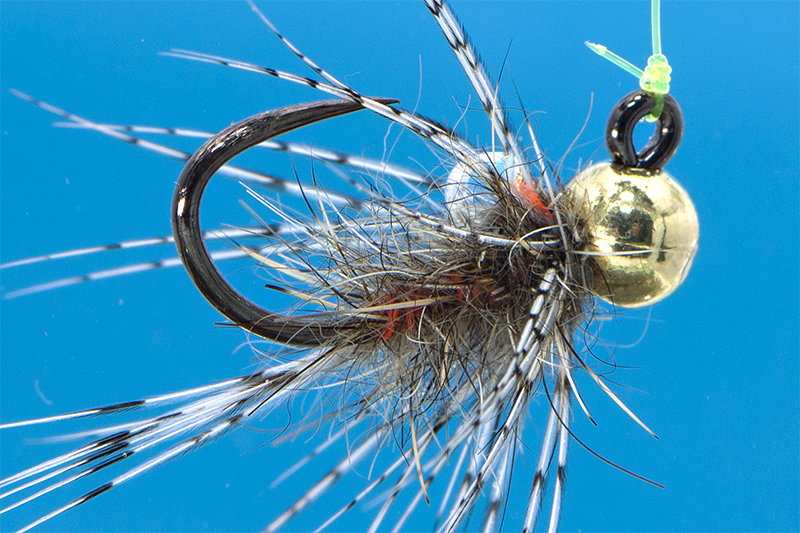
You know that a lot of wet flies and spiders with bodies made of thread and thorax of dubbing behind hackle perform fantastic in water. The fly pulse and work very well, better than one without that thorax.
A lot of peoples don’t understand why and don’t bother. Always I try to understand why things happen and for this reason I search for explanations and I try to improve my flies and to make experiments. I want to tell you a small story about my continuous learning experience in fishing. Many years ago, when I start tying these flies, I didn’t understood what is the reason to add dubbing behind hackle. The dubbing part keeps the hackle open. For sure, in this way the hackle will stay more open compared with the same fly tied without bulky thorax. Being lazy I dropped to make the thorax part and I tied my wet flies as simple as possible. I had many trout on those flies and I considered, in that moment, that my flies are great. So taking out the thorax made of dubbing could be an improvement. That was it until one day I met a dear friend, a great specialist in fishing with spiders and wet flies. We went together fishing. He had a lot of fish, at least double compared with me, and he used the same flies (orange & partridge and a local green wet fly). I was very intrigued why he caught more than me and in the places where I didn’t had any success. When we took a small break I asked him why he is catching so many fish and I checked his flies. Those flies were like mine, but with thorax made of dubbing and tied sparser. He was kind and with a smile on his face he explained me why those flies are tied in that way.
The thorax dubbing kept the hackle open as much as possible ( like an oped umbrella ), and he played all the time the flies to induce the attack of the fish. Also he used the dead drift technique, very efficient with flies tied like his. From that moment I called the spider effect and I tied my fishing flies all the time in this way.
After I start fishing with nymphs I began with simple nymphs like GRHE, PT and variants. In time, due to high fishing pressure, was difficult to catch fish where almost everybody use nymphing technique. So I start thinking at my experience and situations I had in the past in different conditions and I start to improve the classic nymphs. For this reason I start using CDC as hackle for nymphs. I fixed the CDC in different ways until I had clearly improvement in catching fish in rivers where almost the same flies was avoided by fish.
Bellow you can see a few of them that I use a lot and I call them “my secret flies”
I remember my story with my wet fly guy friend and I applied right away the “spider effect” in my way of tying nymphs. As you can see bellow I tied the same fly in 2 ways, with medium dubbing over CDC hackle. In this way the hackle will be forced to stay almost closed over the hook shank.
Another one has more dubbing just behind the CDC hackle. As you can see the hackle stays more open. Under the action of water currents in the first case the CDC will stay close all the time when the second fly will pulse and will be more attractive!
The wrong tied nymph:
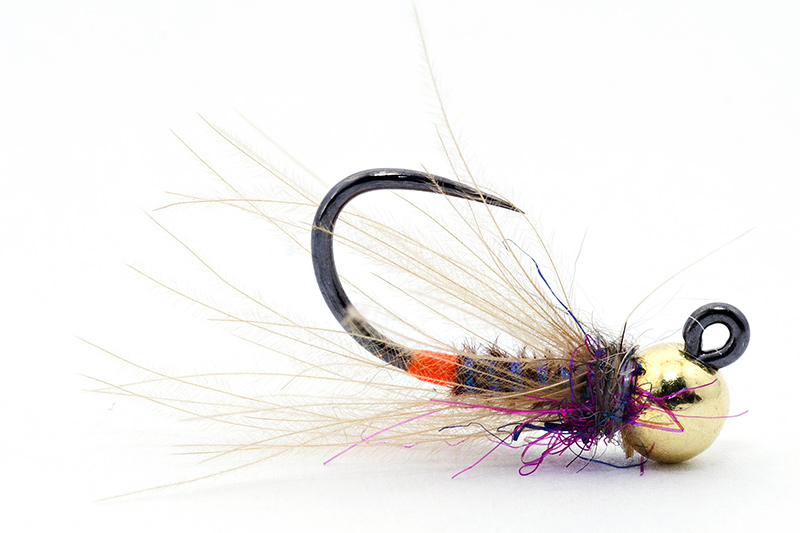
The right tied nymph – underwater photo:
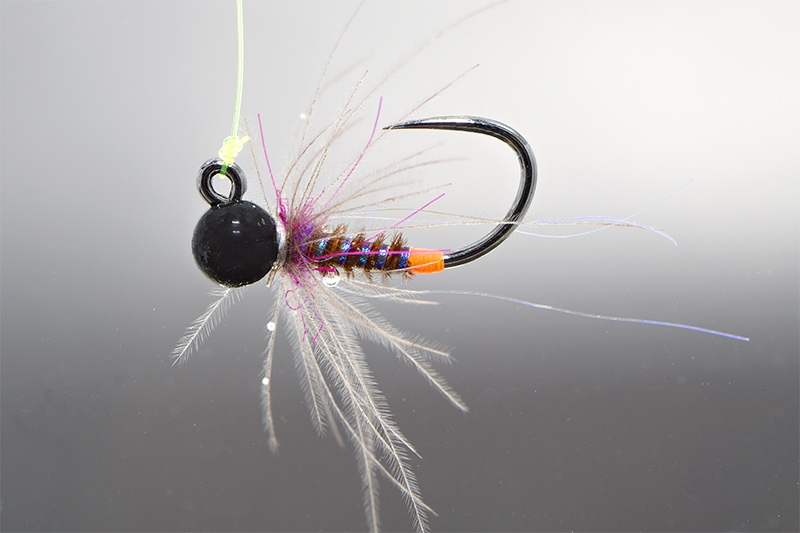
Even so, the first fly will catch fish, maybe not so many like the second fly but because the hackle is tied long will behave like a wing. CDC is also transparent in water and will let the body to be visualized by fish.
When I tied the same fly with hen hackle or partridge hackle the chance is dramatically changed. In still water the hackle is not mobile or will close over the body like an umbrella at fast retreats. In rivers and fast flowing rivers the hackle stays very close over the body if is tied in the first way. I notice that the fly behaves better and catch more if is tied in the second way.
Bellow you can see the nymph tied with partridge. In still waters the partridge don’t work , don’t pulse. But in fast rivers and current works excellent:
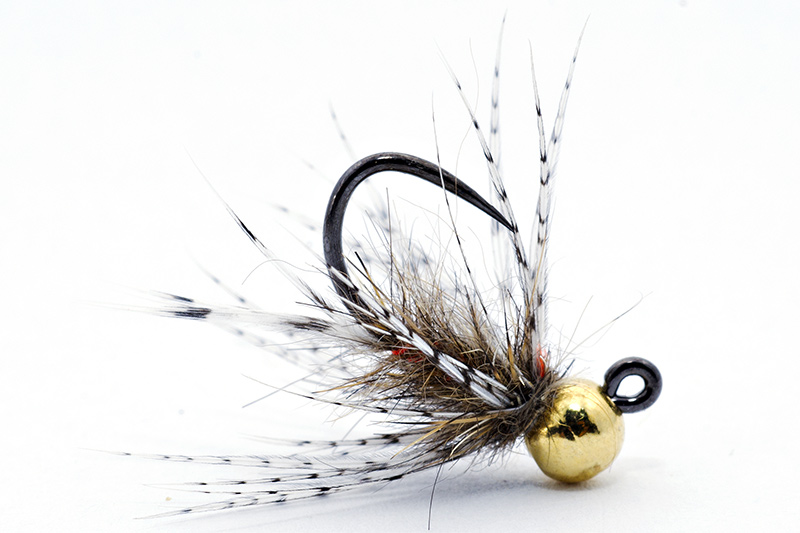
Here is a more closer photo of the fly and how looks underwater.

My personal conclusion is that the “spider effect” works great even at nymphs! I share my octopus flies with a few friends ( I call them in this way ) and I had great feedback from different parts from Europe ( Italy, Spain, France, Sweden and even UK )
I noticed that a lot of tiers make flies after looking at photos from facebook or from different books. Some flies are good, some of them can be tied much better. I’m not saying that I’m smart ass but sometimes if the tyier think a little bit more will can tie better flies and will fool more fish.

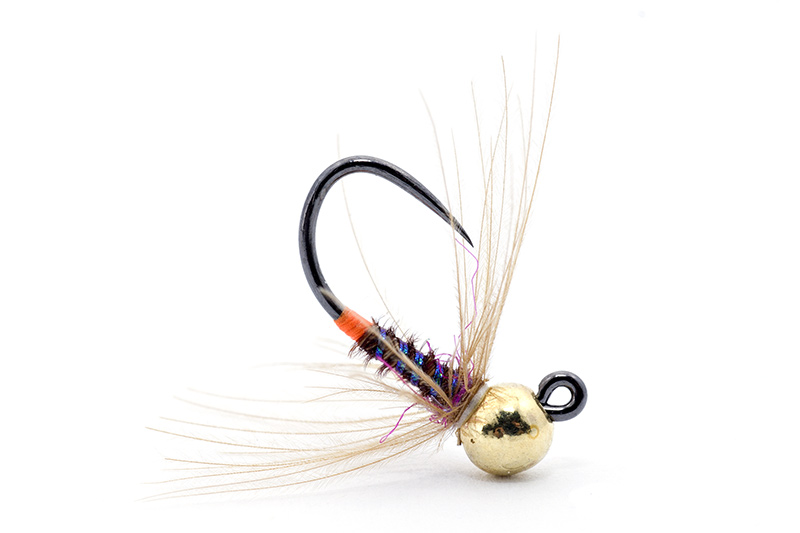
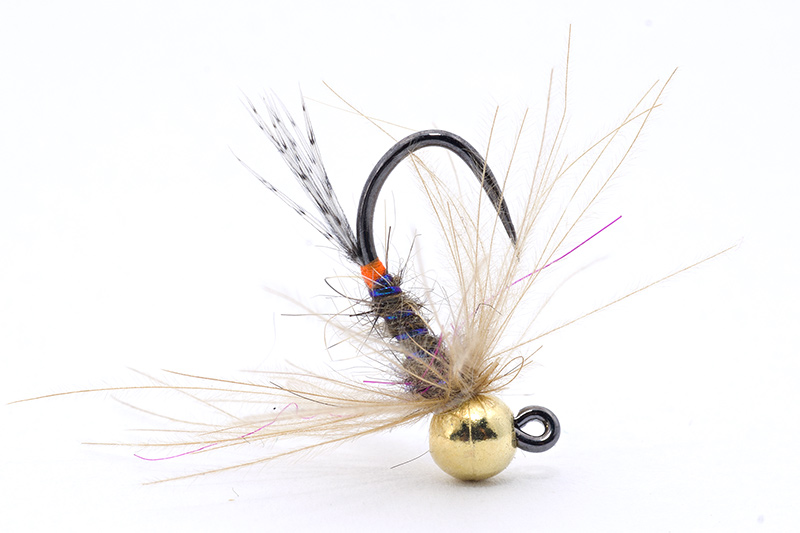
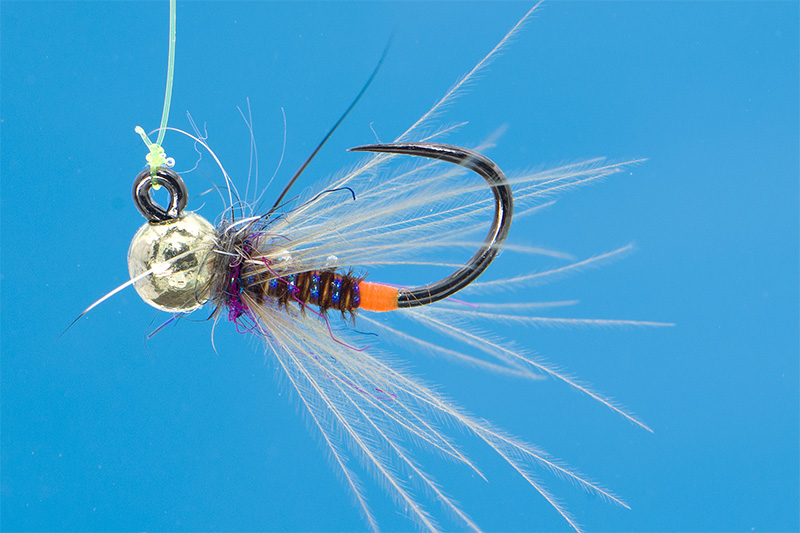
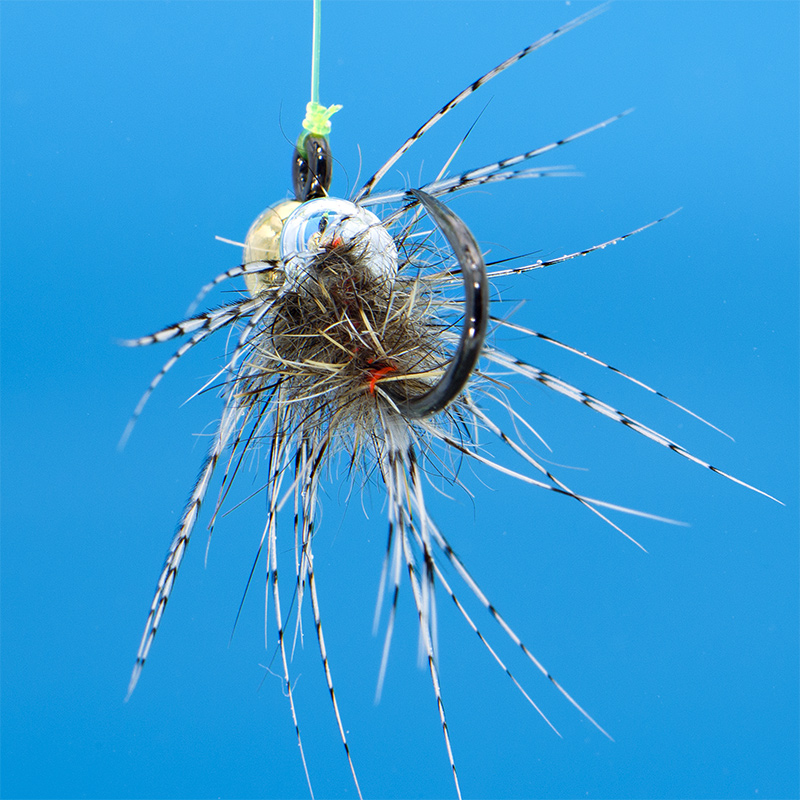
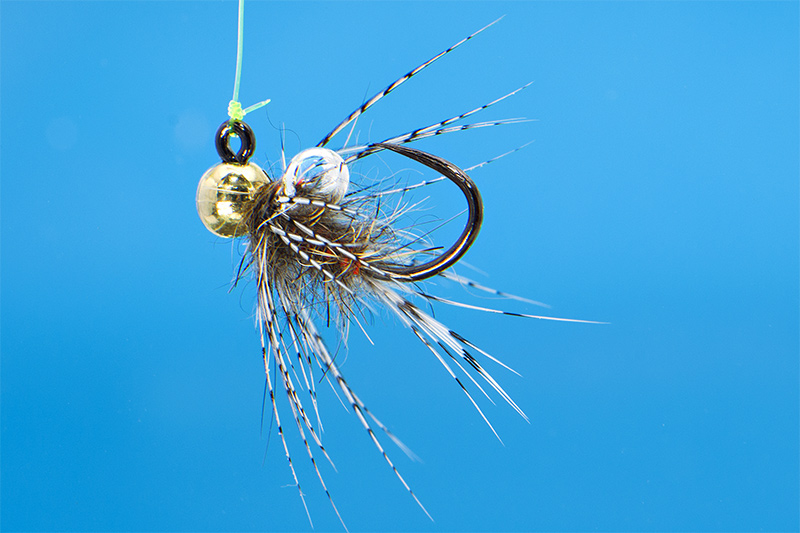
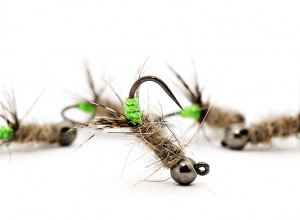
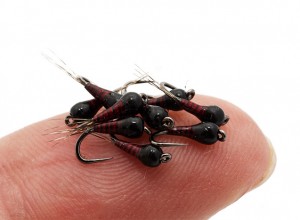
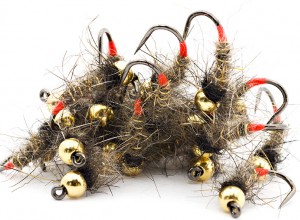
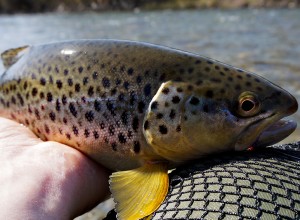
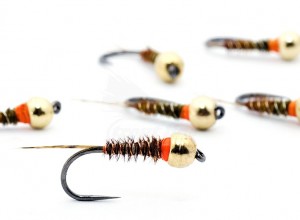
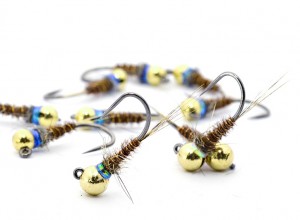
May 25, 2016
great post Lucian
June 18, 2016
excellent work..very insightful
June 21, 2016
Thank you guys 🙂
September 1, 2016
Hi Lucian, I am from Belarus, I want to try to compete with your competition flies accomplish your goal in a week, we have an Official fish roach, ide, golavo, dace, bleak, perch, pike, zhereh.Est ideas?